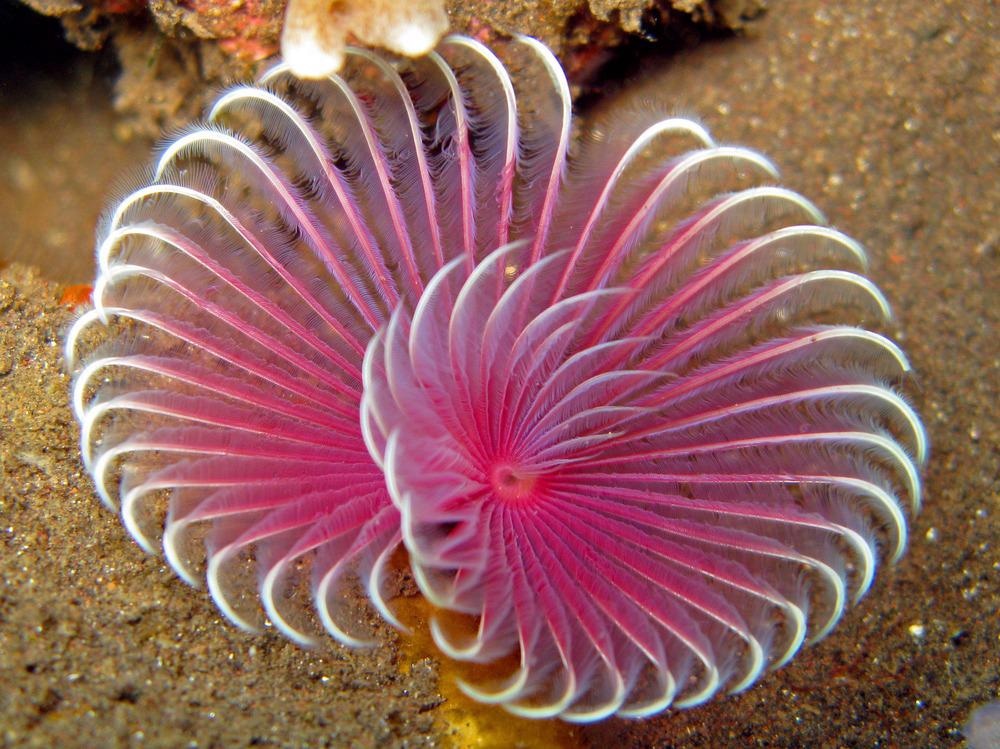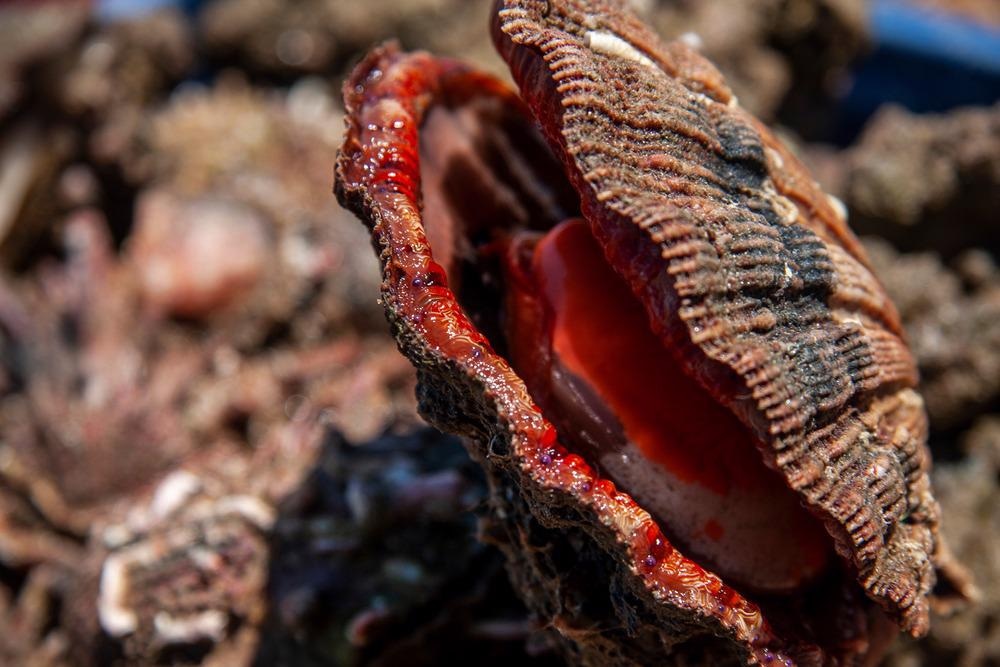The earth offers a bountiful source of compounds for the development of novel drugs. Natural compounds have already formed the basis of many breakthrough therapeutics that have offered new approaches to treating a variety of diseases, enhanced survival probabilities, reduced side effects, improved quality of life, and much more.

Image Credit: James A Dawson/Shutterstock.com
Natural sources of medicine
Natural sources have always been important for medicines. Centuries ago, healers used the natural plants and animals they had access to, to derive products with medicinal properties. Common plants such as fennel, mint, saffron, and licorice were used by the ancient Greeks for medicinal purposes.
Reliance on natural products fell out of favor as medicine developed, ushered along by scientific and technological advances. However, even at the beginning of the 21st century, of the 252 drugs deemed to be basic and essential by the World Health Organization (WHO), 11% were derived from plant origin. Now, scientists are once again looking to natural origins in the search for new therapeutic compounds.
Currently, around 40% of all marketed drugs and 50% of small molecule drugs originate from natural compounds. To date, scientists have focused on natural sources found on land, leaving marine-derived natural compounds as a largely untapped source of natural compounds.
Research into marine-derived drugs only began in the 1970s, and while the existence of such drugs still represents a minority of all drugs on the market, the chemical novelty and diversity of marine-derived products surpass that of land-derived products. Thus, marine-derived compounds represent a valuable and largely unexplored source of potential new therapeutics.
Already, many marine-derived drugs have entered the market. Marine invertebrates, in particular, represent an important source. 180,000 marine invertebrates are currently recognized in the North-West Pacific alone. Around 30,000 marine-derived natural products have been derived from these 180,00 invertebrates.
Research is increasing this number by around 1,000 annually.
Of these known marine-derived natural products, around 2,000 are recognized as having medically relevant characteristics, and 1,700 demonstrate anticancer activities. Each year, scientists are discovering more species, and deriving new therapeutics from these products.
Here, we discuss recent discoveries of the therapeutic benefits of marine invertebrates such as porifera, cnidaria, bryozoa, mollusca, and arthropoda, to give an outlook of how marine invertebrates are being used in drug discovery.
Porifera
Spongers of the Porifera species are considered to be the most ancient metazoan animals. Some species have historically been used for producing homeopathic treatments. Due to their traditional medicinal status, scientists have looked to Porifera as a source of modern therapeutics, and, to date, they have proved to be a gold mine of potential therapeutic compounds.
Research indicates that certain Porifera could help develop new treatments for HIV as well as for anti-inflammatory purposes.
Cnidaria
Corals, jellyfish, and sea anemones are classed as cnidaria. Traditionally, such marine invertebrates have been used to treat asthma, cancer, pulmonary tuberculosis, and urinary diseases. Additionally, new research has shown that some species of jellyfish may be useful for developing therapeutics to treat arthritis, hypertension, ulcers, skin conditions, and improving digestion.
Bryozoa
To date, scientists have discovered over 5,700 species of bryozoans, 20 of which have been synthesized and a fraction of these are currently under investigation for the treatment of cancer and Alzheimer’s disease.
Mollusca
There are roughly 50,000 species of mollusks around the world. Research has shown that marine Mollusca may be important for developing treatments for a wide range of conditions and diseases. Evidence has suggested their use in treating arthritis, liver disorders, and skin problems. Additionally, data has demonstrated the antimicrobial, anticancer, and antioxidant properties of products derived from these species.

Image Credit: amilciar/Shutterstock.com
Arthropoda
Finally, the largest phylum of all living organisms, arthropoda, includes many marine species such as crabs, shrimps, and prawns. Studies have shown that products derived from such species might be useful in developing novel treatments for cancer, high cholesterol, stroke, and Parkinson’s disease.
The future for marine invertebrate-derived medicines
Marine invertebrates offer a largely untapped source of biological compounds that could potentially be leveraged into novel therapeutics and diagnostics for a range of conditions and disorders. Already, a vast amount of compounds have been derived from numerous species of marine invertebrates, many of which have demonstrated an array of beneficial, therapeutic properties.
In the coming years, it is likely that research in this field will accelerate, with more compounds entering pre-clinical trials to determine their safety and activity. In the future, it is possible that a significant percentage of novel therapeutics that enter the market will have been derived from marine invertebrates. It is possible that cancer treatment, in particular, will benefit greatly from these developments.
For now, much more research and development are needed, as well as work into deriving more compounds from this valuable source.
Sources:
- De Zoysa, M., 2012. Medicinal Benefits of Marine Invertebrates. Marine Medicinal Foods - Implications and Applications - Animals and Microbes, pp.153-169. https://pubmed.ncbi.nlm.nih.gov/22361185/
- Katanaev, V., Di Falco, S. and Khotimchenko, Y., 2019. The Anticancer Drug Discovery Potential of Marine Invertebrates from Russian Pacific. Marine Drugs, 17(8), p.474. https://www.ncbi.nlm.nih.gov/pmc/articles/PMC6723377/
- Murray, A., Avalon, N., Bishop, L., Davenport, K., Delage, E., Dichosa, A., Eveillard, D., Higham, M., Kokkaliari, S., Lo, C., Riesenfeld, C., Young, R., Chain, P. and Baker, B., 2020. Uncovering the Core Microbiome and Distribution of Palmerolide in Synoicum adareanum Across the Anvers Island Archipelago, Antarctica. Marine Drugs, 18(6), p.298. https://www.mdpi.com/1660-3397/18/6/298
Further Reading